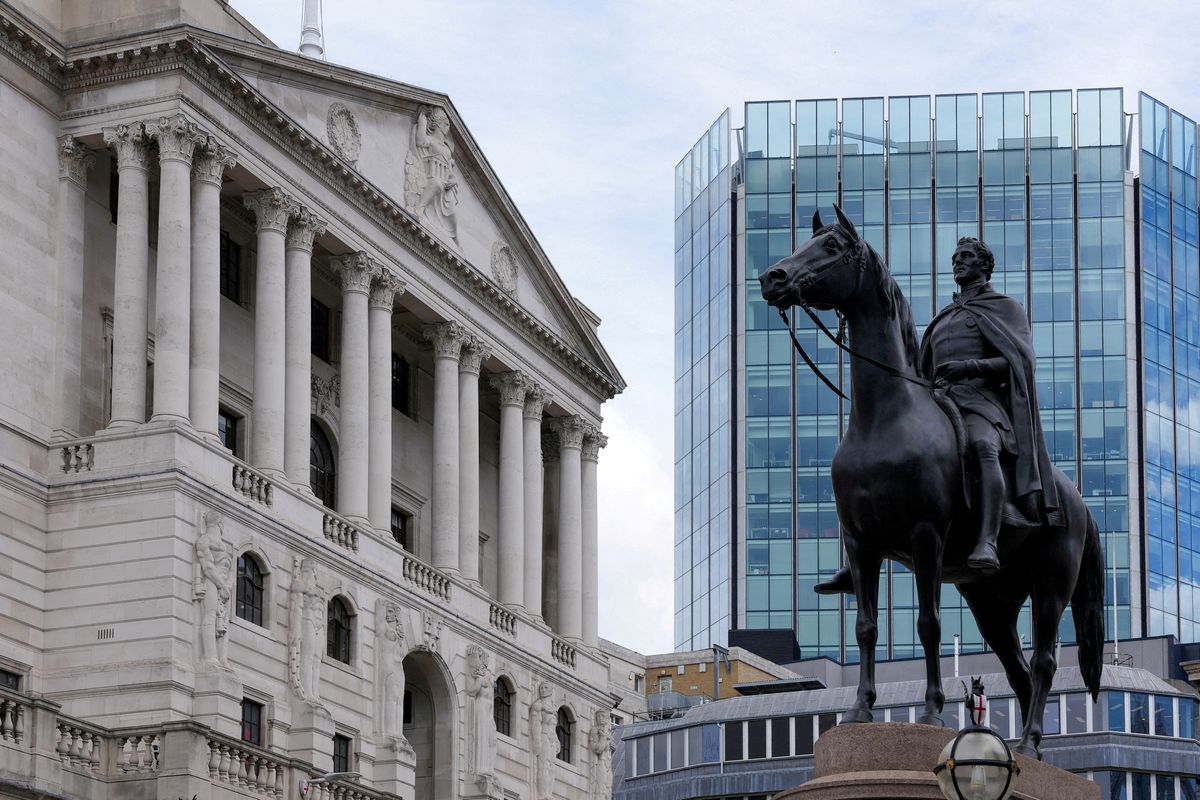The Bank of England is widely expected to reduce its benchmark interest rate from 4.25 per cent to 4 per cent on Thursday.
A further rate cut is anticipated before the end of 2025, despite a recent increase in consumer price inflation which brought it close to double the Bank’s 2 per cent target during June.
This development comes amid uncertainty among policymakers about whether underlying inflationary pressures are easing.
There is a divide on whether the combination of weakening economic growth and a cooling labour market could cause inflation to fall below target in the medium term if interest rates are not cut more significantly.
Inflation in Britain accelerated more dramatically than in the euro area or the United States following Russia’s full-scale invasion of Ukraine in 2022.
The surge, which peaked at 11.1 per cent, was partly due to the United Kingdom’s heavy dependence on natural gas for heating and electricity.
Although inflation declined rapidly in 2023 and reached a low of 1.7 per cent in September 2024, it has since picked up again.
In contrast to trends in the United States or the euro area, inflation in Britain rose to 3.6 per cent in June, the highest level since January 2024.
Some economists now expect inflation to soon reach 4 per cent.
The European Central Bank, by comparison, forecasts inflation in the euro zone will remain just below 2 per cent.
A key concern for the Bank of England is the rise in inflation expectations among households and businesses.
Many officials at the Bank see these expectations as a critical indicator of future wage pressures, price-setting behaviour, and the credibility of monetary policy.
Surveys show that these expectations have risen steadily over the past year.
The Citi/YouGov index of long-term expectations is now near its highest level since late 2022, when headline inflation was in double digits.
Meanwhile, the Bank’s own survey places expectations at their highest level since 2019.
However, not all officials agree on the weight these surveys should carry.
Some argue that such responses often reflect recent inflation trends rather than offering reliable forecasts of future behaviour.
While headline inflation declined significantly in 2023 before climbing again, measures of underlying domestic inflation have remained stubbornly high.
Services price inflation, which is closely tied to labour costs, and core CPI, which excludes volatile items, have not dropped in line with headline figures.
Adding to the concern is the recent uptick in food and drink inflation, which has a disproportionate impact on lower-income households and strongly influences public perceptions of inflation.
Wage growth, though slowing, remains well above pre-pandemic levels.
Private-sector regular pay is growing at just under 5 per cent, down from a peak of more than 8 per cent two years ago.
Still, this rate is about two percentage points higher than the level most policymakers associate with achieving the 2 per cent inflation target.
Both the Bank of England and the employers it surveys expect wage growth to moderate further over the next 18 months, possibly approaching 3 per cent.
This trend could help ease inflationary pressures.
However, the decline in wage growth over the past year has been uneven.
Rising unemployment and fewer job vacancies do not necessarily ensure that wages will decelerate as quickly as the Bank hopes.
Recent business activity surveys also suggest that inflationary pressures remain.
According to July data from S&P Global, firms continued to raise prices at a “robust pace.”
Though slower than in 2022, the pace of price increases remains higher than pre-pandemic levels.
Over the past year, cost pressures have intensified for both services and manufacturing sectors.
If these higher costs are passed on to consumers, they could keep inflation elevated for longer.







Click here to change your cookie preferences